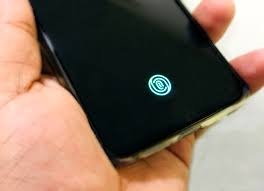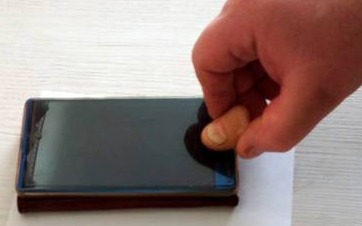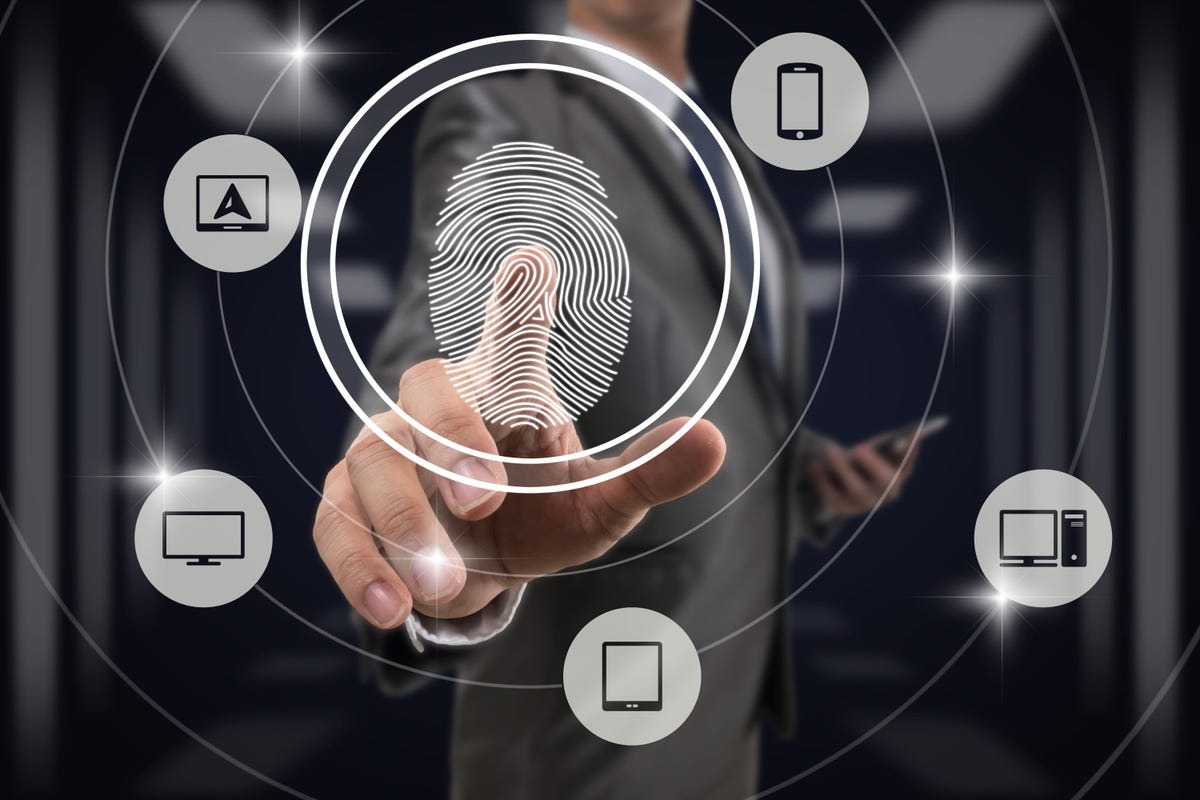The unlock with a fingerprint is a practical and safe way to access your electronic devices and is now the key for smartphones and laptops around the world, in all price ranges (not for iPhones, however, and their FaceID is decidedly inconvenient in times of pandemics and masks). Compared to the password or the pin, it has the advantage of skipping the tedious process of entering information and also does not require a memory effort.
However, it is much easier to get hold of a fingerprint than a password (as long as it is good, and not “Pippo” or “Juventus” like some of the most used in 2021). Kraken Security has released a video showing how simple it is to get it, with easy-to-find tools and a ludicrous economic investment of just $ 5.
The first step, of course, is obtaining the impression. To do this, you do not need to look far: the prerequisite for a sure result is to have direct contact with the victim, clearly, in order to be able to take it from the objects it touches. The fingerprints are in fact passwords that we always carry with us, and that we disseminate without realizing it a little everywhere.
Obviously, the smartphones and laptops themselves are fingerprint receptacles, and at the height of the biometric sensors for unlocking it will be very easy to make sure you get the right one. But in reality, it is possible to obtain a copy of the imprint also through a photo of the same and appropriate use of Photoshop.
If the image of the print is clear from the start, then it will be child’s play, otherwise, the thing becomes more complicated. Once you have finished retouching the file, you will need to print the result on an acetate sheet with a laser printer: the toner will thus allow you to obtain a three-dimensional replica.
The final step, as Giovanni Muciaccia taught in Art Attack, requires the vinyl glue, the wood glue, to be poured over the printed copy of the impression and then let it dry. And in the end, it will be enough to separate the tissue paper that we have obtained, and voilà, the print is served.

The level of accuracy achievable with this trick is not enough to fool the most complex biometric recognition systems, but it has an excellent rate of effectiveness on consumer electronics products since they are equipped with more inaccurate scanners. Furthermore, the speed of unlocking is a fundamental requirement for users: the analysis of our fingerprint when we unlock the smartphone is in fact incomplete and takes into account only some portions of which it verifies the correspondence in order to guarantee us a fluid experience.
In short, the finger goes so much to the smartphone that it leaves us a hand: the lesson to be learned is that there is no safer system than passwords and that perhaps if we find ourselves in environments or situations where we fear for our privacy, then it is better to disable (at least temporarily) the ability to authenticate on our devices via the fingerprint.




